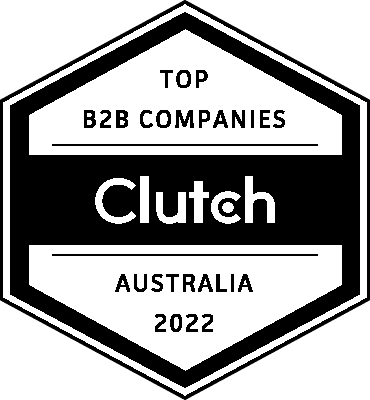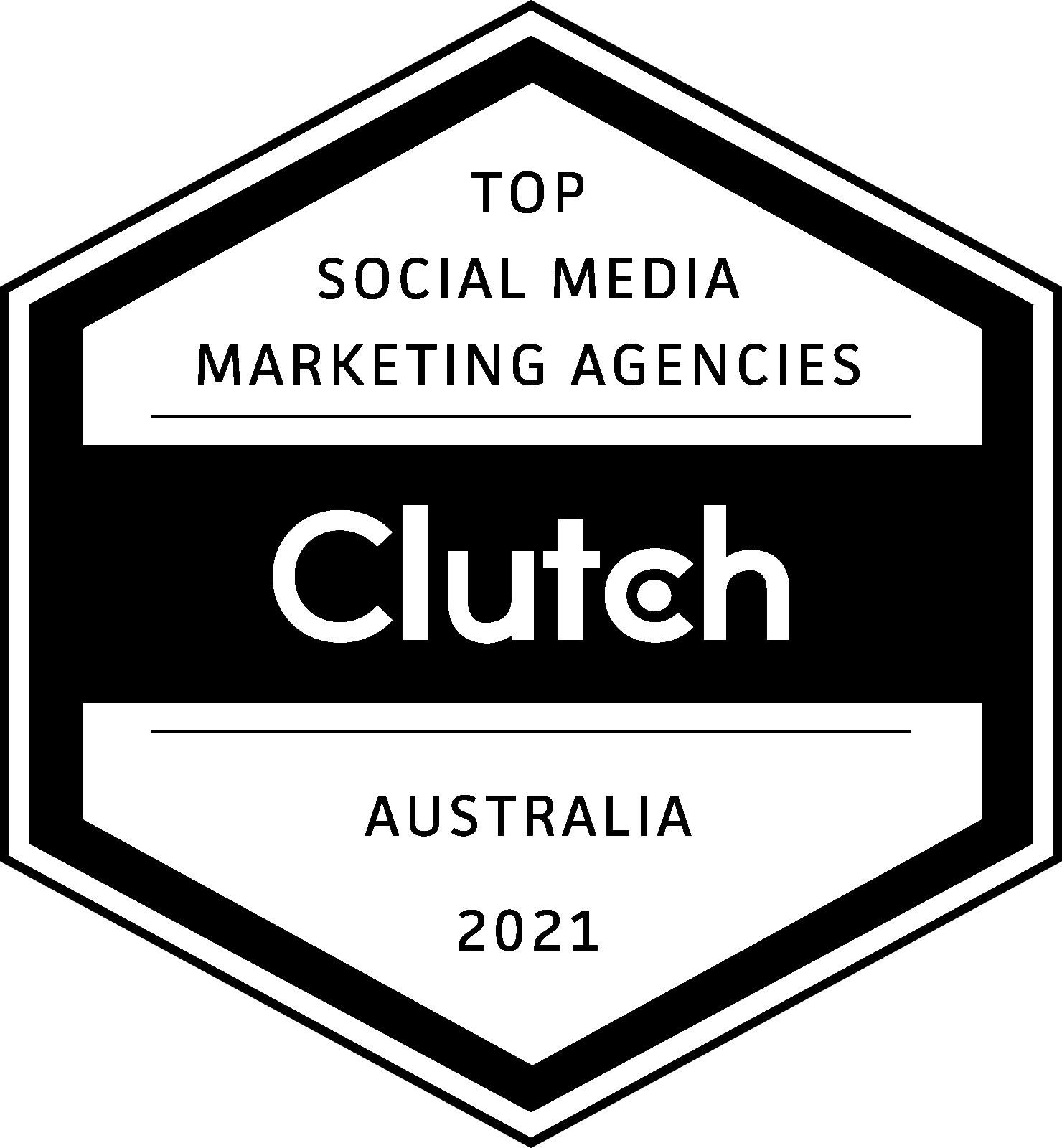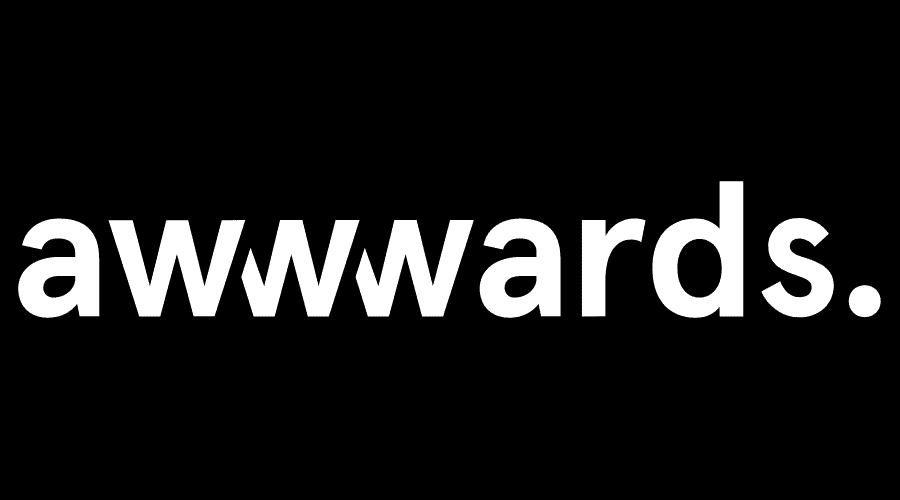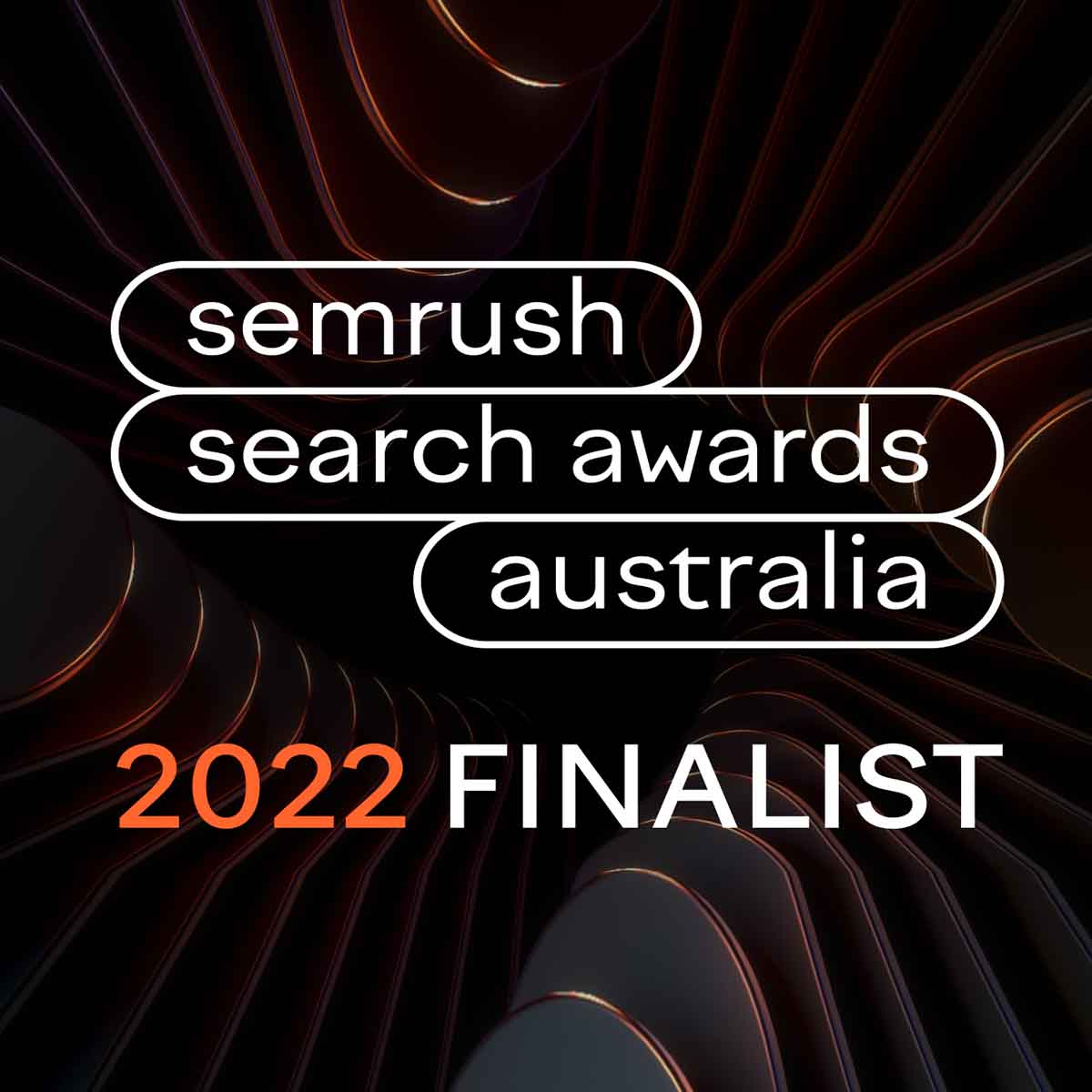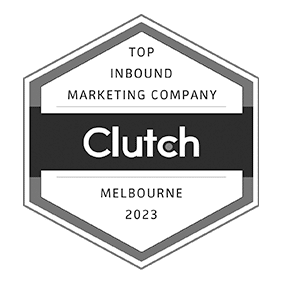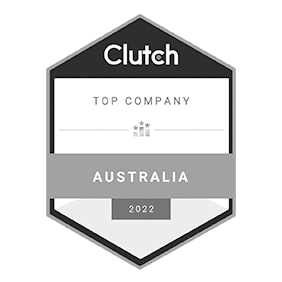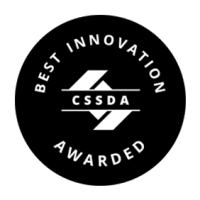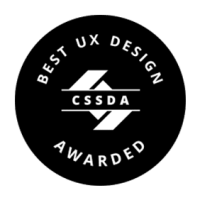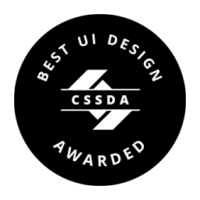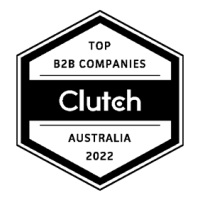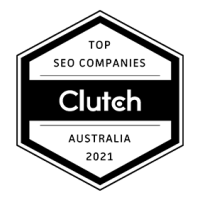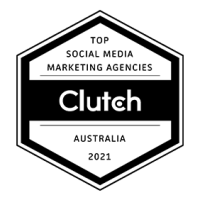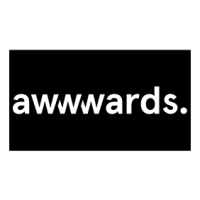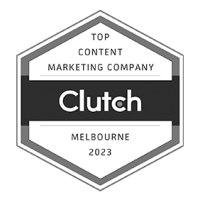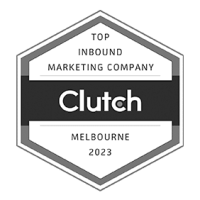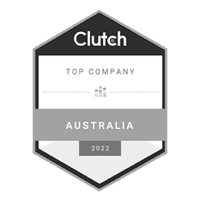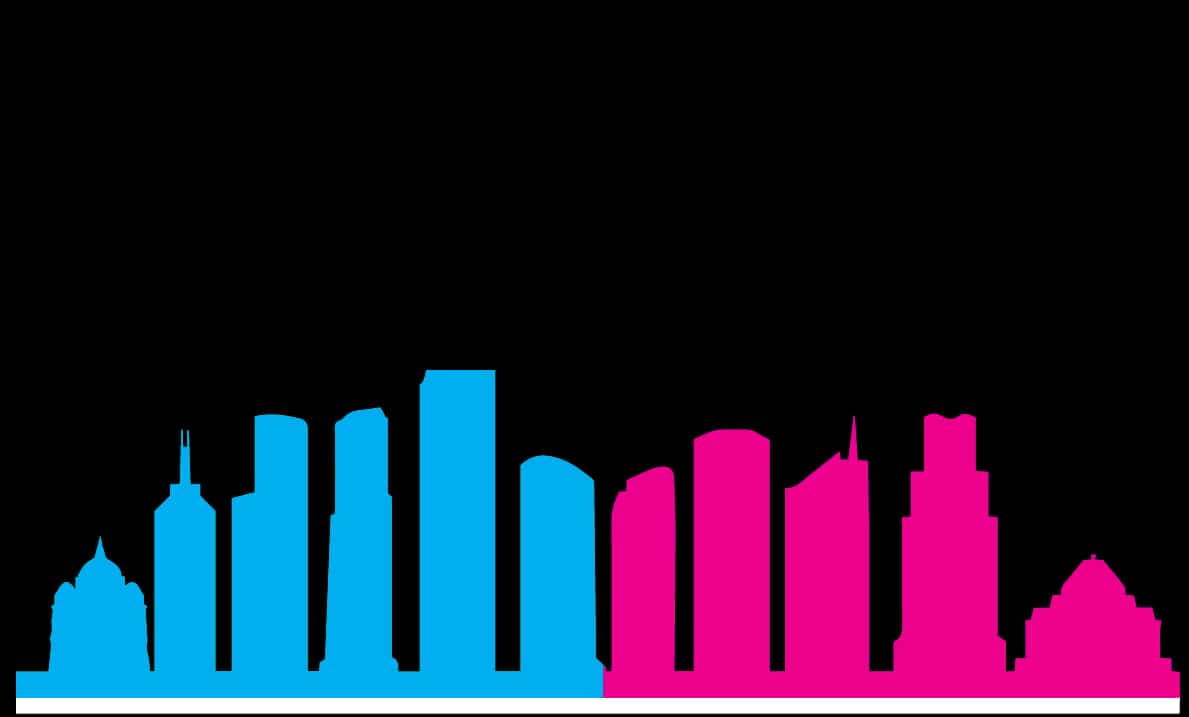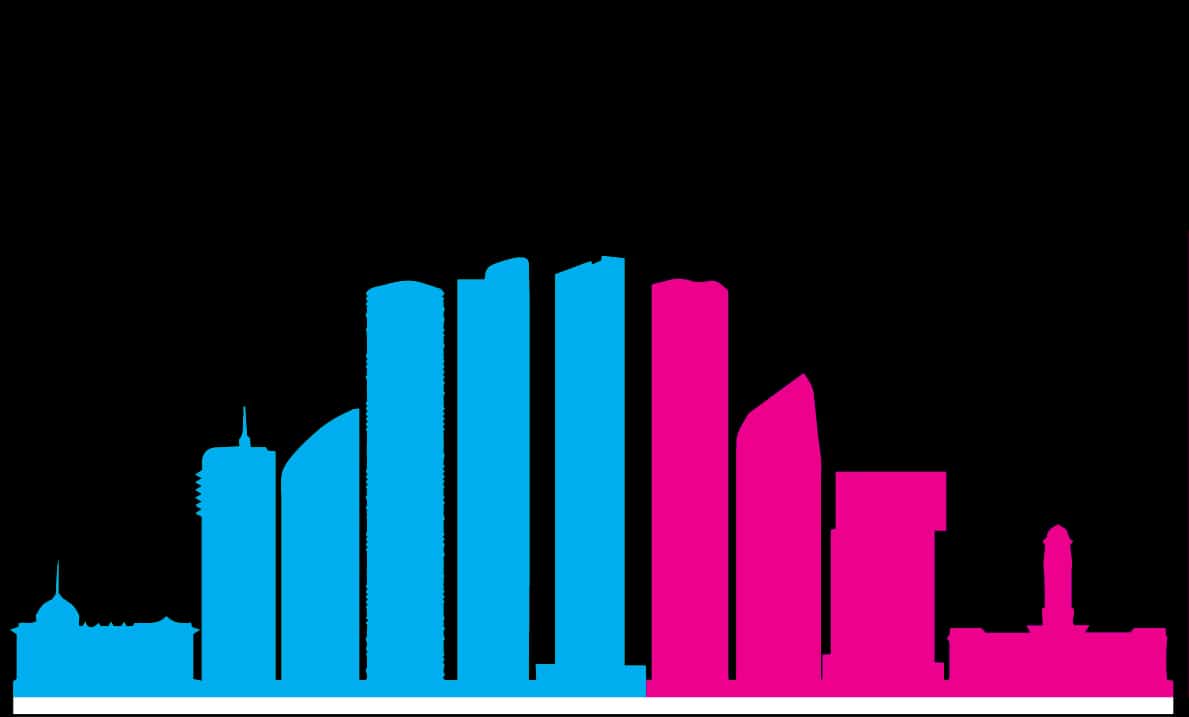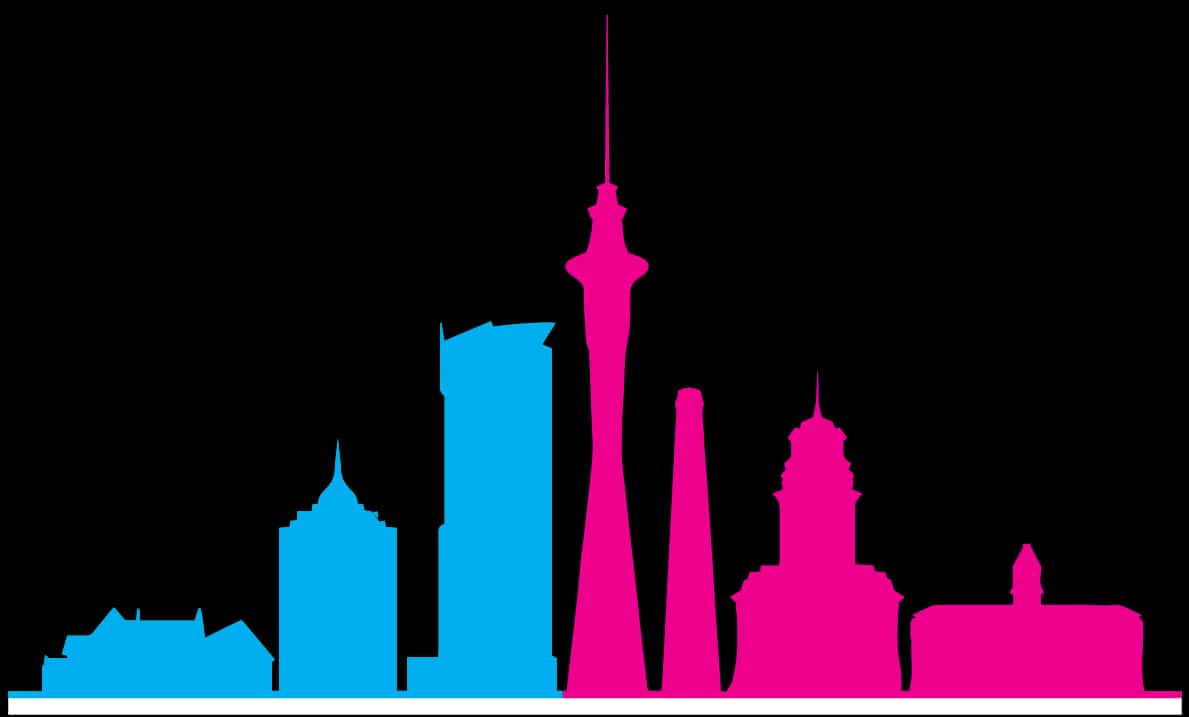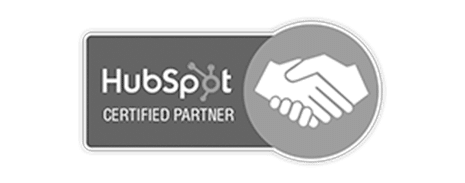If you’ve done any research into digital marketing funnels, you might’ve seen this one lying around:
Awareness > Interest > Desire > Action
That is, a customer becomes aware of your product, then they become interested in it, then decide they want it, and ultimately buy it.
This model worked for a long time, but things have changed a lot since it was first developed. Why? Well… The internet.
Back in the day, purchases were much more straightforward because we didn’t have the kind of access to the information we have now. We can ask strangers for their opinions and have products marketed to us by our friends on social media. We go to YouTube to have our questions answered and there’s a blog for just about everything.
In other words, the user journey has changed – and so has our digital marketing funnel (or in this case, hourglass).
Here’s what we’re working with today:
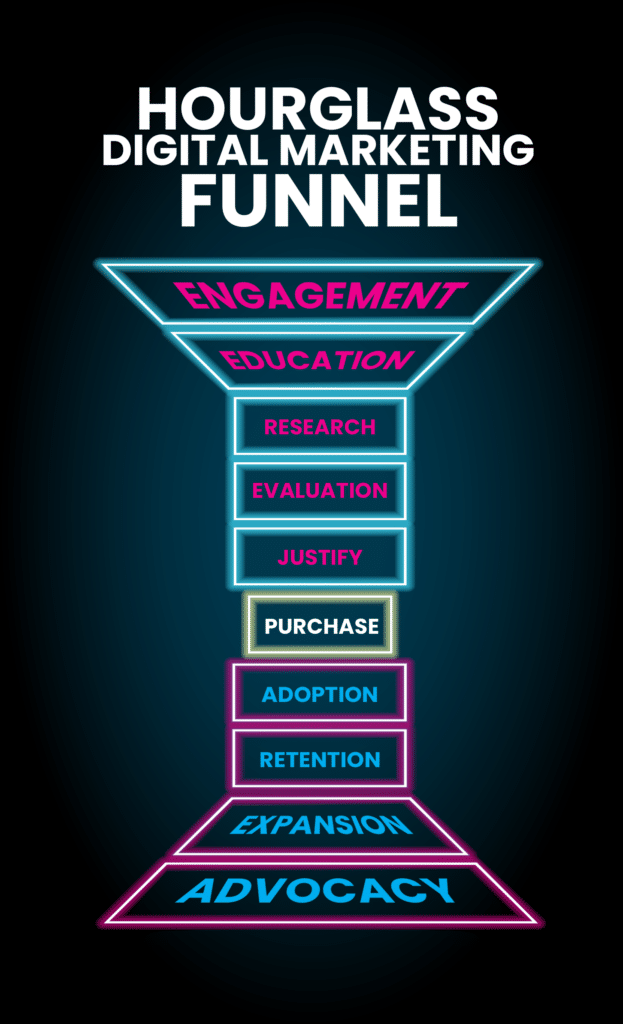
The Hourglass Funnel Explained
The thing that sets this apart from the original funnel is that it anticipates a user not travelling through in a linear fashion. Nowadays, a customer could conceivably find your brand at any point in their buying journey, so we’ve laid out some of the tools that might help you catch them at each step.
Engagement
This is the first time or times a customer sees your business. It’s about building awareness through solid branding and messaging that catches their attention.
They’re not interested in your product at this stage, but you’re now someone they recognise.
What to use
Social media, Google ads, display ads, SEO
Education
Now that a customer knows you, it’s time to show them how you can help them. In short, you identify a problem. Then, you present that problem alongside the perfect solution: your product.
Pointing out the problem isn’t as simple as ‘you don’t have this product, so you should buy it’. Generally, they’re tied to a greater brand mission – Harley Davidson don’t sell motorbikes, they sell freedom.
What to use:
Your website, blogs, newsletters
Research
Once your customer has started thinking about the problem, and possible solution, your brand is still one of potentially dozens of competitors. They might even find you after having the problem posed by another brand.
At this stage, you need to think about what the customer would be asking to work out which brand is the solution to their problem. Wherever you can, be the brand they see when they’re looking.
What to use:
Google, SEO, your website FAQs, Industry publications, online magazines, relevant social media accounts, retargeting ads, blogs, refer a friend
Evaluation
For the customers who have decided your product might be the right solution, you can get into the details a bit more.
It might be that one minor feature sets you apart, so you want to make sure it’s easy to find.
What to use:
Product descriptions, comparison tools, free trials, demonstrations, webchat, FAQs, awards won
Justification
At this point, the customer wants your product. The justification phase is a little like the old favourite ‘I had to, it was half price’ – it’s the thing your customer uses to tell themselves it would be silly not to.
What to use:
Discounts return policy, charity affiliation
Purchase
All your hard work pays off, and they complete a purchase. But there’s a little more to consider.
Adoption
This is the taste test. The customer uses your product and has either a positive, negative, or neutral experience. However, you have some say over how that experience plays out, which we explain in the next step.
Retention
Depending on your product, you might be able to provide extra information that enhances a good experience or resolves a bad one.
Good retention is done by stress testing your product. Think of all the ways it might not go exactly to plan and be there for your customer if they need you.
What to use:
Online assistance, demonstrations, care guides, alternative uses, free education tools
Expansion
If you’ve got a happy customer, you’ve got some level of brand loyalty. This is when you can start to look at other products and services of yours they might want.
Even though the customer might like your brand, this isn’t the moment to throw any old idea at them. Look at the product they bought and what might appeal to them based on that purchase, or check in with them around the time they might need to restock.
What to use:
Targeted emails, targeted ads
Advocacy
Ideally, you want to be the kind of brand people bring up when one of their friends asks for advice.
A positive view of your brand can come from a lot of places, so here are just a few:
- Loveable branding (design, tone of voice)
- Easy to use website
- Seamless checkout process
- Considered communications
- No spammy emails
- Prompt replies to questions
- Genuine customer care
- Customer loyalty program
- Alignment with good causes (relevant to your brand)
- The little things – a nice note with deliveries, unexpected copy on your website, a birthday gift





